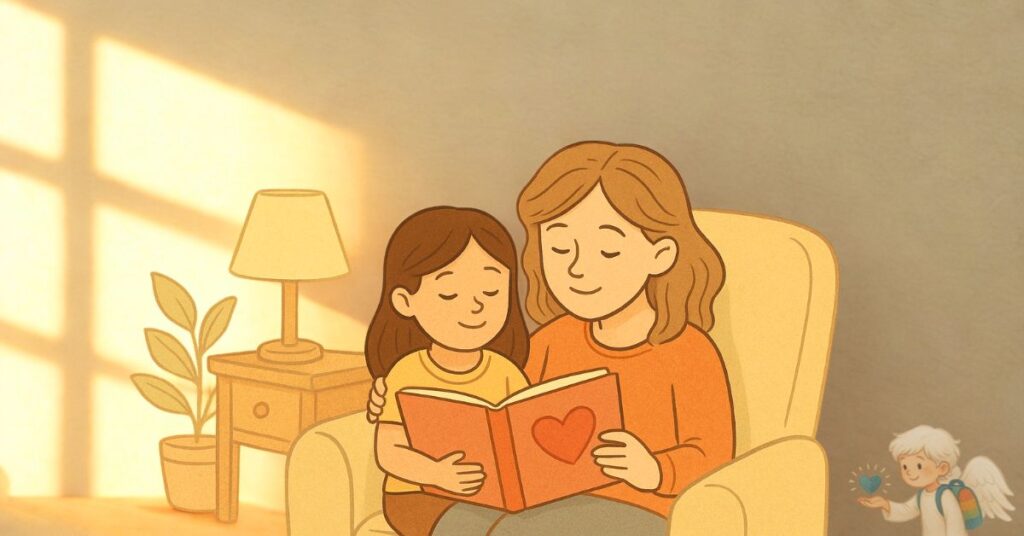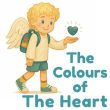
Do you remember a story that marked your childhood?
Maybe you don’t recall every detail, but stories that nurtured your children’s emotional development likely left a lasting feeling — safety, hope, connection, wonder…
Stories have that power — they reach where the real world cannot.
Stories can do more than entertain — they can nurture children’s literature and emotional health. And for children, who experience emotions in their rawest form, books can be more than fun.
They can be care.
A mirror.
A breath.
They can be healing.
Reading to a Child Is More Than Teaching Words
In childhood, the brain is constantly forming new neural connections with each experience.
Reading to a child plays a vital role in children’s emotional development, activating empathy, imagination, and emotional self-regulation.
Neuroscience shows that stories let children explore emotions safely — by watching characters who feel, fail, cry, learn, and grow.
It’s a gentle rehearsal for life.
Stories Are Both Mirrors and Windows
• Mirrors, because the child sees themselves in the character: “He feels scared like I do.”
• Windows, because they glimpse new possibilities: “If she could overcome it, maybe I can too.”
Stories build emotional bridges between what a child feels and what they cannot yet name.
They turn inner tension into symbols, and conflicts into stories with a clear beginning, middle, and end — something the child’s brain needs but can’t yet create alone.
Literature and Children’s emotional development
When a book helps a child understand their anger, welcome their sadness, or transform fear into courage, it is teaching emotional self-regulation in a practical and loving way.
It’s preparing that child to face life’s challenges with more balance.
Even more importantly, reading with a parent creates a space of safety where feelings are allowed to emerge without judgment.
It’s there — in a lap, in a look, in a shared voice — that trust begins to take root.
How Parents and Caregivers Can Use Stories for Emotional Healing
- Choose books that reflect the child’s moment (changes, fears, tantrums, insecurities).
- Read with presence — with a warm voice and time for questions.
- Talk after reading: “Have you ever felt like that?” “What would you have done?”
- Don’t rush the process — a story can be read ten times. Each time, it will speak in a new way.
In The Colours of the Heart, Stories Don’t Just Teach — They Transform
Each book in the series is designed to support children’s emotional development through faith-based storytelling and emotional insight.
These aren’t just beautiful stories.
They are emotional and spiritual tools that help shape hearts that are more conscious, more secure, and more connected to God’s love.
Before children learn to read, they need to learn to feel.
And stories may be the purest language between a child’s heart and the world.
Written by Grandma Grace — the storytelling heart behind “The Colours of the Heart”, created by Debora Rossi.
Discover our picture books that help families connect through faith and feelings — see all books here.
For additional guidance on emotional development, the Child Mind Institute offers trusted resources for families.
Through stories, we create a safe space to name what children feel, fear, or need. When we take time to truly see children’s emotions, we build more than calm — we build connection.
